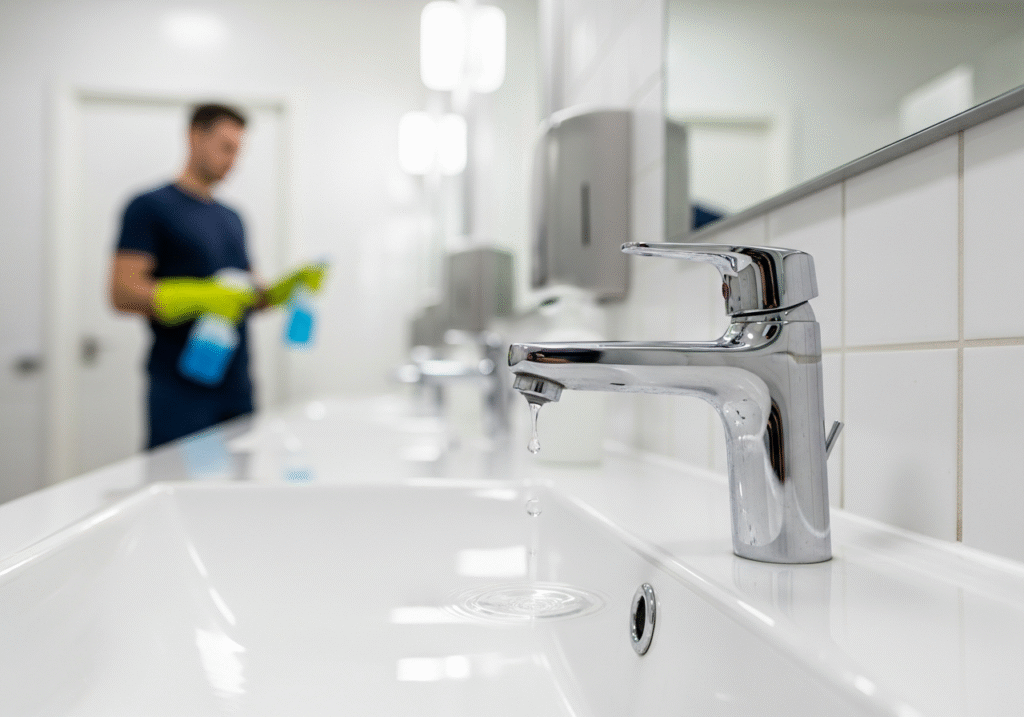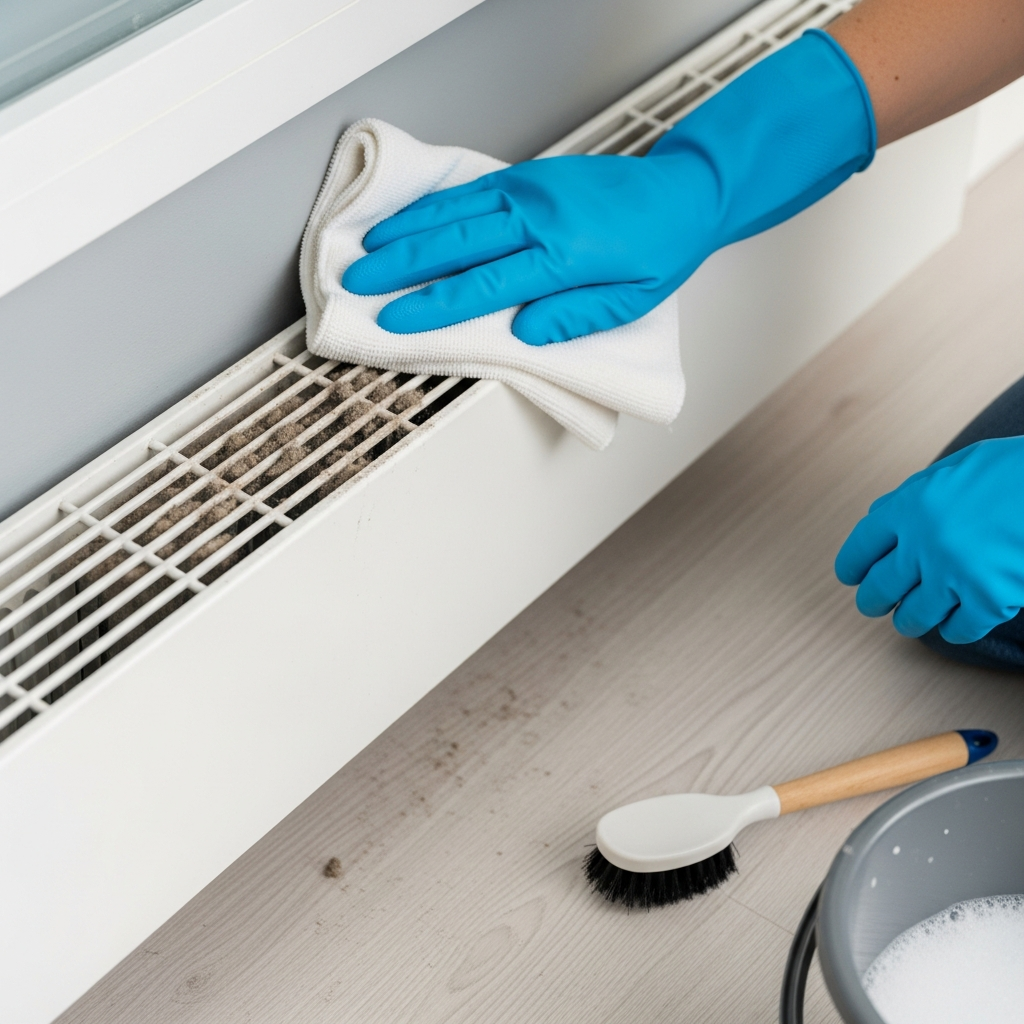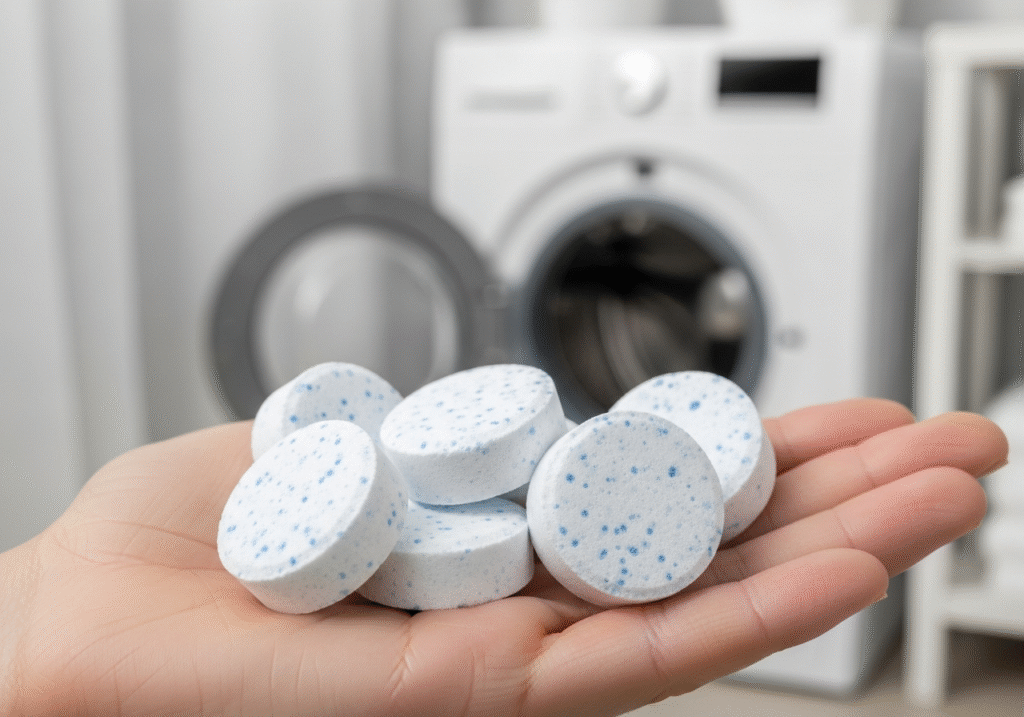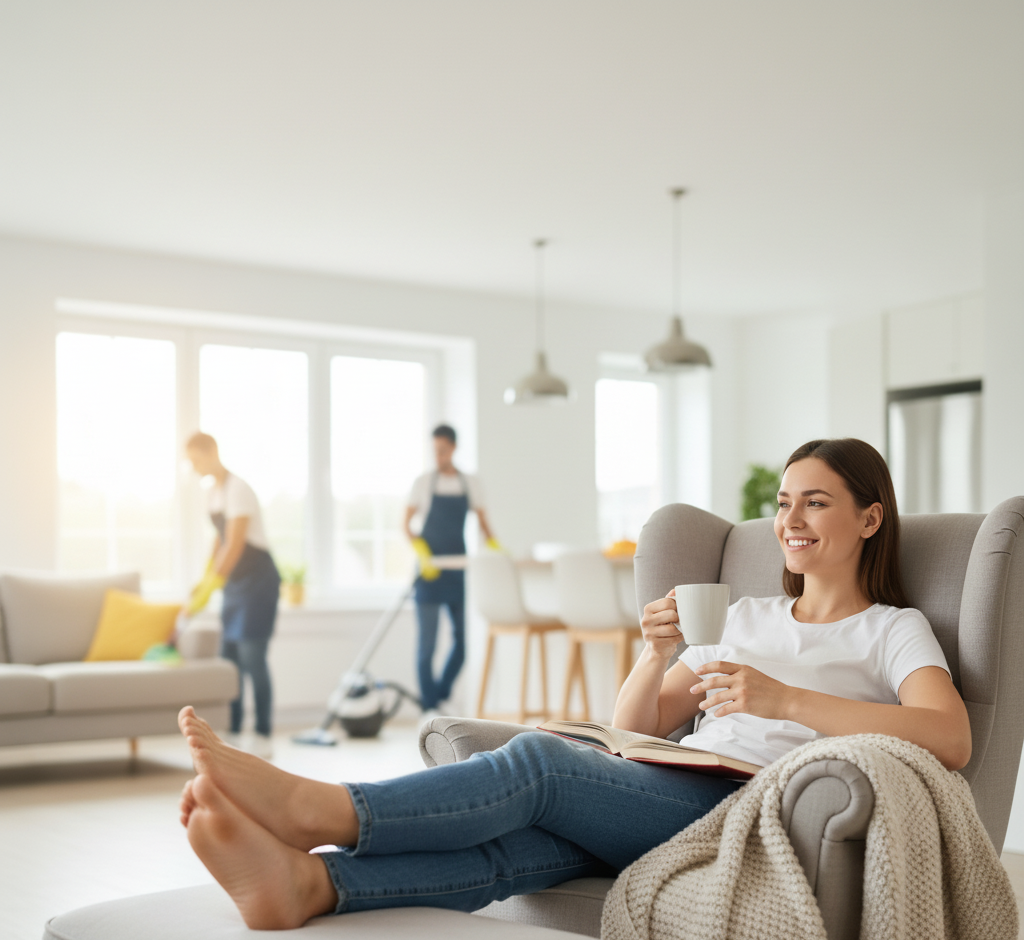Storage Ornaments: 8 Amazing Tips For Storing Christmas Decorations Efficiently
The period immediately following the holiday season is marked by a specific kind of melancholy. The anticipation is gone, the guests have departed, and the house, once glittering with magic and light, now just looks cluttered. The task of taking down Christmas decorations is universally regarded as a chore, a stark contrast to the joy of putting them up. Consequently, many homeowners rush through the process, shoving lights into plastic bags, forcing wreaths into undersized boxes, and piling everything haphazardly into the corner of the basement. This procrastination of effort comes with a steep price tag: frustration. When next December arrives, the joy of the season is immediately dampened by the discovery of crushed ornaments, tangled lights that refuse to unravel, and a flattened artificial tree. Storing Christmas decorations efficiently is not merely about tidiness; it is an act of kindness toward your future self. It is a preservation strategy that protects your financial investment in your decor and ensures that the magic of the holidays remains accessible rather than becoming a source of stress. 1.Assessment The process of efficient storage begins before a single box is packed. It starts with a ruthless audit. As you remove ornaments from the tree and take down garlands from the banister, you must assess the condition of every item. The “post-season” is the ideal time to purge. If a string of lights flickered constantly or had a burnt-out section, do not store it. Do not tell yourself you will fix it next year; you won’t. Throw it out or recycle it now. If there are ornaments that have broken caps, shattered glass, or simply no longer fit your aesthetic, donate or discard them. Storing broken or unwanted items takes up valuable real estate and adds to the mental load of sorting next year. The goal is to store only the best, fully functional items that bring you joy. 2.Christmas Tree The artificial tree is often the largest and most cumbersome item to store. The cardboard box it came in is rarely designed for long-term survival. After one season, the cardboard weakens, tears, and becomes susceptible to moisture and pests. Trying to wrestle a fluffy tree back into its original factory-compressed box is a battle you will lose. Investing in a dedicated canvas tree bag is essential. These bags are durable, moisture-resistant, and spacious enough to accommodate the tree sections without crushing the needles. For even better efficiency, consider using cinch straps or old belts to bind the branches of each section before bagging. This reduces the volume of the tree significantly, making it easier to maneuver into the attic or storage locker. If you have the vertical space, upright storage bags allow you to store the tree standing up, eliminating the need to fluff the branches next year completely. 3.Delicate Ornaments Ornaments require a strategy that balances protection with space management. The “dump and pray” method—throwing everything into a large plastic bin—is a recipe for heartbreak. Fragile glass and ceramic baubles need individual isolation. While you can buy expensive specialty dividers, you can also engineer efficient solutions with household items. Plastic cups glued to a sheet of cardboard create perfect, crush-proof cells for round ornaments. Egg cartons are ideal for smaller, delicate baubles. For the irregular, sentimental ornaments made of macaroni or heavy metal, bubble wrap is non-negotiable. However, the true efficiency hack lies in categorization. Do not store ornaments randomly. Group them by color, theme, or room. If you have a specific set of “blue and silver” ornaments for the dining room tree, they should have their own labeled box. This allows you to decorate methodically next year without having to unpack everything at once. 4.Christmas Lights Christmas lights are the nemesis of holiday organization. They obey the laws of entropy, tangling themselves into impossible knots if left unsupervised. The mistake most people make is winding them around their arm and tossing the coil into a box. As the coil relaxes, it intertwines with its neighbors. To solve this, you need a structure. A flat piece of cardboard, cut with a notch at each end, serves as a perfect spool. Wind the lights tautly around the cardboard, plugging the male end into the female end to secure it. Alternatively, winding the lights into a ball—as you would with yarn—prevents tangling, though it takes up more volume. Labeling each strand is a critical step often skipped. A small piece of masking tape on the plug indicating “Mantel” or “Tree Bottom” saves hours of testing and measuring next year. 5.Wreaths and Garlands Wreaths and garlands present a volume problem. They are bulky, airy, and prone to being crushed. If you stack heavy boxes on top of a wreath, it will look like a flat tire next season. Hard-shell wreath containers are the best protection, allowing the wreath to retain its fluffiness. If shelf space is at a premium, utilize vertical storage. A simple nail or hook on the wall of a garage or basement allows wreaths to hang safely out of the way. For garlands, the challenge is preventing them from becoming a matted mess. Coiling them neatly into a clear plastic bin is effective, but wrapping them around a coat hanger and hanging them in a closet can also work if you have the rod space. The key is to avoid compression. 6.Textiles Textiles—stockings, tree skirts, holiday pillows, and table runners—face a different threat: biology. Fabric attracts dust mites, moths, and mildew. Storing these items in unsealed cardboard boxes in a damp basement is risky. They should be laundered or dry-cleaned before storage to remove any food crumbs or stains that might attract pests. Once clean, vacuum-seal bags are a game-changer for textiles. They compress bulky pillows and blankets down to a fraction of their size, saving immense amounts of space, and they provide an airtight seal against moisture and insects. If vacuum bags are not an option, latching plastic bins with a silica gel packet thrown inside to absorb moisture is
Storage Ornaments: 8 Amazing Tips For Storing Christmas Decorations Efficiently Read More »









